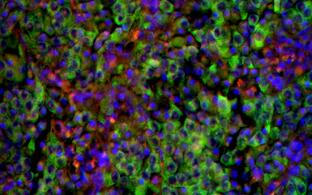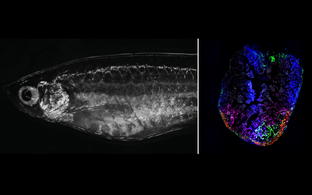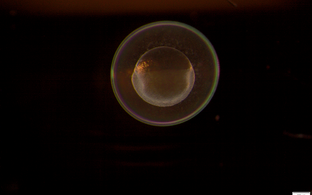
Junker Lab
Quantitative Developmental Biology
Profile
Division of labor between specialized cell types is a principle of multicellular life. We study mechanisms of cell fate decisions in health and disease. To do so, we develop and use methods in single-cell genomics, including strategies for massively parallel lineage analysis, single cell RNA labeling, and spatially-resolved transcriptomics.
Our projects typically combine experimental and theoretical approaches We use these methods to investigate processes in embryonic development and to understand adult tissue regeneration in the zebrafish, an organism that has the ability to efficiently regenerate many organs that in humans have only limited regenerative capacity. In collaborations we strive to apply our methods also to other systems, including organoids and human patient samples.













